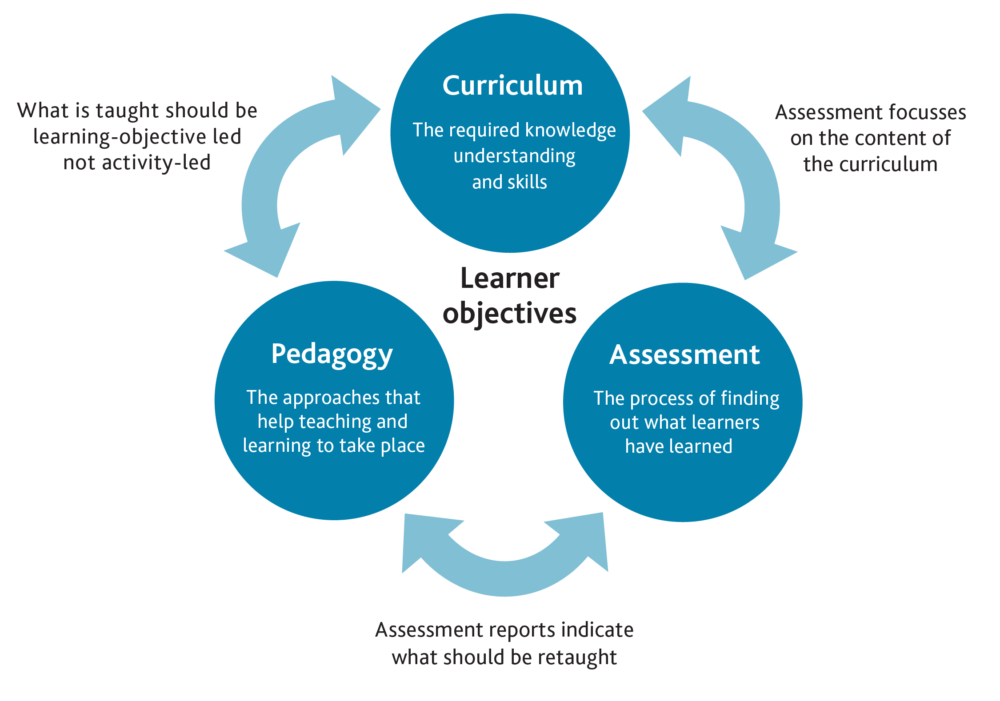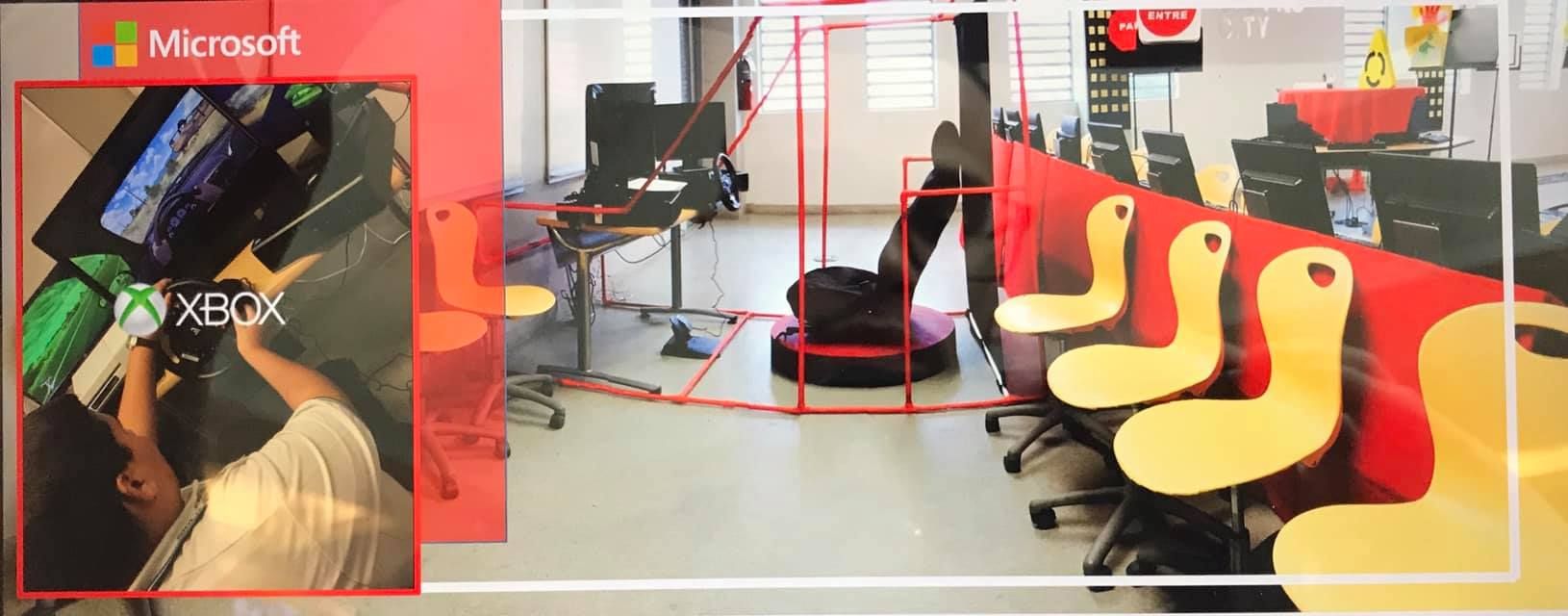Gamification in teaching involves applying principles commonly found in games, such as competition, rewards, challenges, and feedback, to educational contexts to make learning more enjoyable, interactive, and immersive.
Here is some inspiration for you and some examples to demonstrate how gamification can be applied across various subjects and grade levels to enhance student engagement, motivation, and learning outcomes in the classroom.
 Classroom Rewards System: Create a points-based system where students earn points for completing homework assignments, participating in class discussions, demonstrating good behavior, or achieving academic milestones. Students can redeem their points for rewards such as extra credit, small prizes, or privileges like choosing a class activity.
Classroom Rewards System: Create a points-based system where students earn points for completing homework assignments, participating in class discussions, demonstrating good behavior, or achieving academic milestones. Students can redeem their points for rewards such as extra credit, small prizes, or privileges like choosing a class activity.
 Educational Board Games: Incorporate board games related to the curriculum into lessons to make learning more interactive and engaging. For example, a history teacher could use a board game based on historical events where students answer questions or solve puzzles to advance on the game board.
Educational Board Games: Incorporate board games related to the curriculum into lessons to make learning more interactive and engaging. For example, a history teacher could use a board game based on historical events where students answer questions or solve puzzles to advance on the game board.
 Interactive Quizzes and Kahoot!: Use online quiz platforms like Kahoot! to turn quizzes into competitive games. Students can answer questions on their devices, earning points for correct answers and speed. This fosters friendly competition and encourages active participation.
Interactive Quizzes and Kahoot!: Use online quiz platforms like Kahoot! to turn quizzes into competitive games. Students can answer questions on their devices, earning points for correct answers and speed. This fosters friendly competition and encourages active participation.
 Escape Room Challenges: Design classroom escape room challenges where students work in teams to solve puzzles or complete tasks related to the lesson. For example, in a science class, students might solve science-related puzzles to "escape" from a virtual laboratory.
Escape Room Challenges: Design classroom escape room challenges where students work in teams to solve puzzles or complete tasks related to the lesson. For example, in a science class, students might solve science-related puzzles to "escape" from a virtual laboratory.
 Role-Playing Activities: Organize role-playing activities where students take on roles of historical figures, literary characters, or scientific phenomena. They can engage in debates, simulations, or improvisational activities to deepen their understanding of the subject matter.
Role-Playing Activities: Organize role-playing activities where students take on roles of historical figures, literary characters, or scientific phenomena. They can engage in debates, simulations, or improvisational activities to deepen their understanding of the subject matter.
 Classroom Challenges: Create classroom-wide challenges or competitions related to academic goals or character development. For instance, a reading challenge where students aim to read a certain number of books within a set timeframe, with rewards for reaching milestones.
Classroom Challenges: Create classroom-wide challenges or competitions related to academic goals or character development. For instance, a reading challenge where students aim to read a certain number of books within a set timeframe, with rewards for reaching milestones.
 Virtual Class Economy: Introduce a virtual economy system where students earn "currency" for completing tasks and exhibiting positive behavior. They can use this currency to purchase items, privileges, or experiences within the classroom.
Virtual Class Economy: Introduce a virtual economy system where students earn "currency" for completing tasks and exhibiting positive behavior. They can use this currency to purchase items, privileges, or experiences within the classroom.
 Gamified Learning Platforms: Utilize gamified learning platforms or educational apps that incorporate game elements into lessons. For example, Duolingo gamifies language learning by awarding points, badges, and rewards for completing lessons and practicing regularly.
Gamified Learning Platforms: Utilize gamified learning platforms or educational apps that incorporate game elements into lessons. For example, Duolingo gamifies language learning by awarding points, badges, and rewards for completing lessons and practicing regularly.
 Simulations and Virtual Labs: Use simulations or virtual labs to allow students to explore real-world scenarios in a safe and interactive environment. For instance, a biology class might use a virtual dissection simulation to study anatomy without the need for actual specimens.
Simulations and Virtual Labs: Use simulations or virtual labs to allow students to explore real-world scenarios in a safe and interactive environment. For instance, a biology class might use a virtual dissection simulation to study anatomy without the need for actual specimens.
 Progress Tracking and Leveling Up: Implement a system where students track their progress and "level up" as they master skills or complete assignments. This can be visualized through progress bars, badges, or certificates, providing a sense of achievement and motivation to progress further.
Progress Tracking and Leveling Up: Implement a system where students track their progress and "level up" as they master skills or complete assignments. This can be visualized through progress bars, badges, or certificates, providing a sense of achievement and motivation to progress further.
What gamification tools have you tried in your classroom? Can you share some other gamification examples or resources for teachers?
_1715611946991.jpg)




